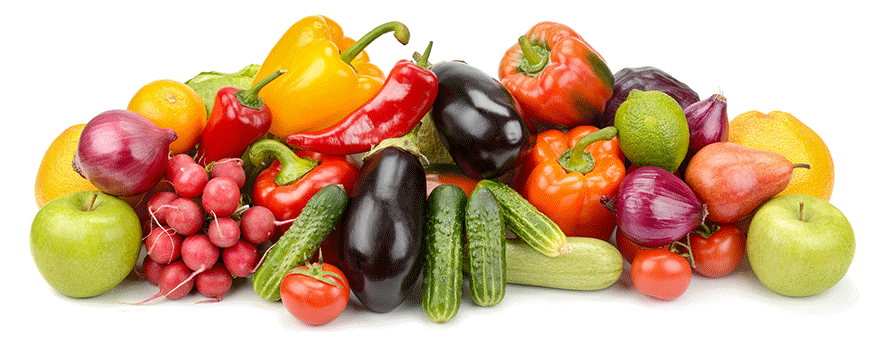Double boost for organic sales this autumn

While retailers were building on the success of Organic September, research from Paris University* hit the front pages on October 23 apparently showing that people who eat organic food are 25% less likely to get cancer.
The Soil Association reported massive coverage for Organic September which contributed to increased demand for organic produce while grocery sales overall were slowing.
“The consensus across all retail reporting is that food and drink sales have slowed over the past three months but organic has continued to show an overall upward trend,” said SA’s Clem Teagle. “Organic in all of the key focus categories of Organic September (dairy, produce, grocery) outperformed non-organic in September and there were also a number of very strong performances including alcohol, confectionery and eggs.”
The Organic September message was very successful. Around 541m people were potentially reached via traditional media and 5.3m on social media by Soil Association content. More than 1.2m people watched Soil Association’s Organic September videos. In total, 36,000 posts used #organicseptember and over 29m saw the hashtag.
Meanwhile, more than 150 delegates from organic businesses, marketers and retailers convened for Soil Association Certification’s annual trade conference in mid-October. New data presented by Oliver Lowe, Business Development Director for Kantar Worldpanel, showed that significant growth is coming from non-traditional supermarkets and discounters, challenging the traditional dominance of Waitrose, Tesco and Sainsbury’s in this area and opening the organic market to new shoppers.
Categories that are seeing clear growth include organic hot beverages, alcohol and cereals as more people engage with these lines and shoppers enter the market. Dairy, a traditional entry point into organic food, continues to account for the greatest sales. Kantar Worldpanel data also revealed that while 23m people buy organic each year, nearly 80% of spend is accounted for by just 4.4m shoppers.
According to Soil Association Certification’s 2018 Organic Market Report, the organic market is worth £2.2 billion. This figure is dominated by the big retailers, with independent retailers accounting for approximately 16% of sales, a channel which is forecast to grow much further as shopping habits change and top-up shopping becomes the norm. Online and home delivery is also growing strongly and is forecast to account for 25% of all organic products sold by 2023.
“The challenge is to get those four million shoppers to increase their organic spend, and to persuade the 23 million to become more regular organic users,” said Lowe. “Organic suppliers should work hard to recognise the trends that are driving non-organic categories and seize on these opportunities to get more organic in the shopping basket.”
Clare McDermott, Business Development Director for Soil Association Certification, said: “If everyone in the industry works to ensure we have a clear message on what organic is and we continue to build availability then, then we can capture this growing interest and engage more people more often and continue this buoyant growth.”
* Research by Paris University, reported in JAMA Internal Medicine, followed 69,000 people for five years during which 1,340 of them developed cancer. The quarter of people in the study who ate the most organic food were 25% less likely to get cancer than the quarter who ate the least. Pesticide exposure was not measured but clearly organic food is less likely to contain residues.
Read more Insights here...